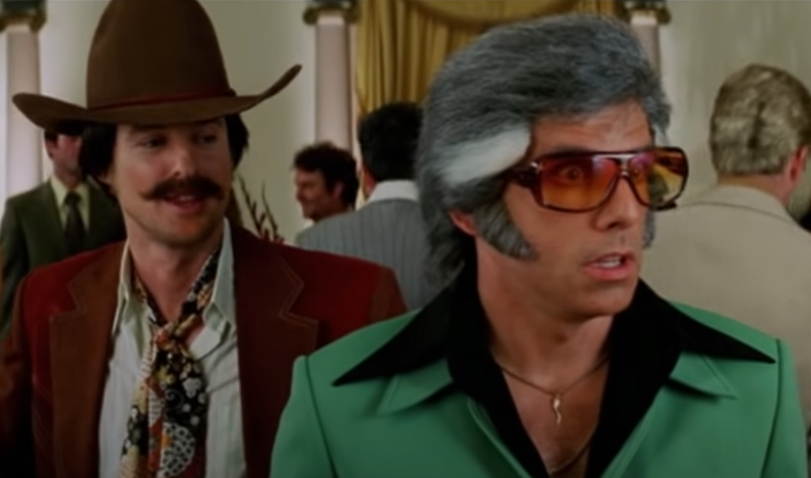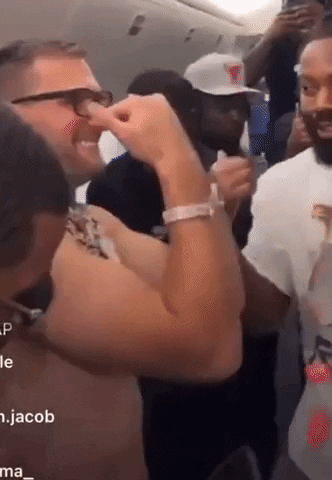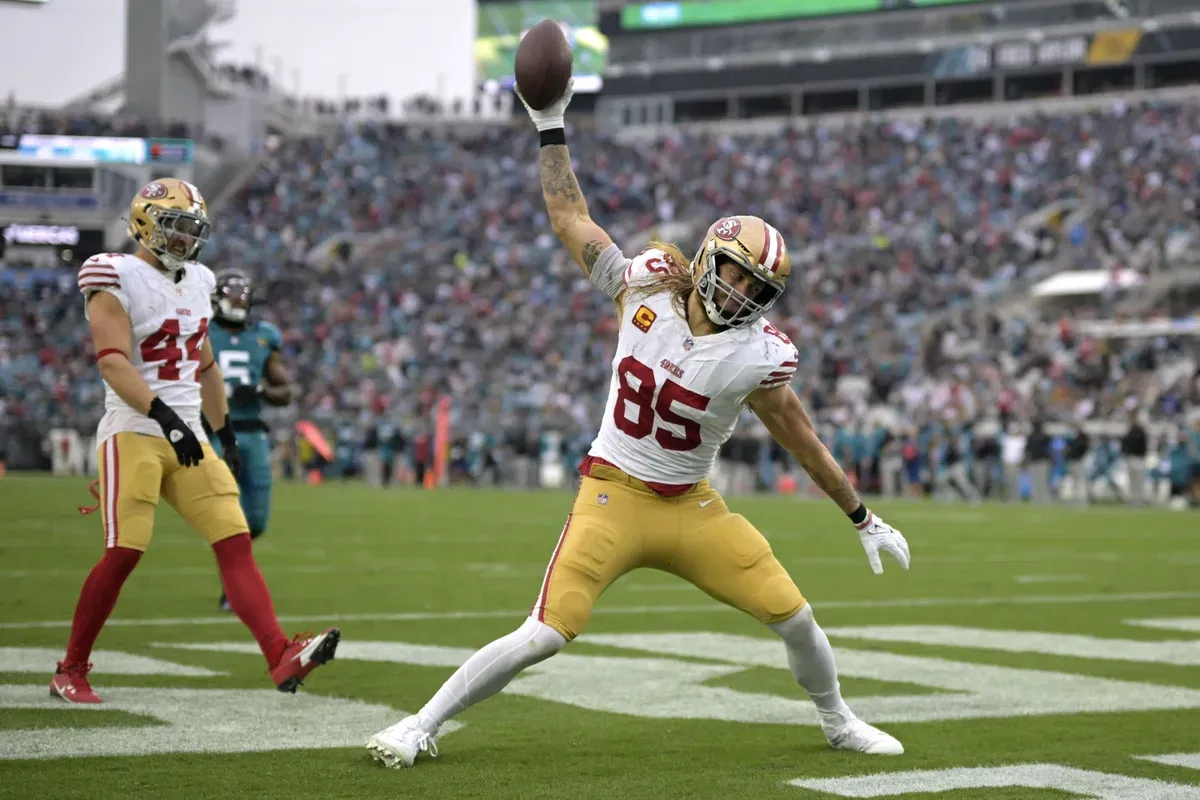
Thinking about Sniping my QB? Do It.
4/10/23
If you're drafting fantasy football teams right now, you're likely drafting in Underdog's Big Board: Superflex tournament. But with the launch of Best Ball Mania IV less than one month away, I want to return to the land of 1QB for this post.
If you haven't read Mike Leone's recent article on stacking and correlation in Best Ball Mania, I highly recommend it. Leone also put together a great Twitter thread on the subject.
It's been assumed by many that game stacking on @UnderdogFantasy leads to better outcomes in big tournaments.
— Michael Leone (@2Hats1Mike) April 5, 2023
But is that the case? I dove into the numbers and analyzed estimated win rates by playoff round; the results are interesting: pic.twitter.com/K4kdMBnzQU
His research got my wheels turning on something some drafters have been getting backwards. Twitter is filled with drafters boasting about "preventing" stacks by sniping another drafter's QB.
These people haven't prevented anything except their own success – sniping a competitor's QB crushes your upside and enhances theirs.
A Highly Specific Thought Experiment
Let's say Kirk Cousins throws for 460 yards and four TDs. This is exactly what happened in Week 15 of last year. Cousins hit 32.4 Underdog points in that game; it was an excellent performance.
Meanwhile, Cousins' wide receivers were dominant. K.J. Osborn went 10/157/1, finishing as WR2. Justin Jefferson went 12/123/1, finishing as WR3. Those scores represented a massive advantage. Assuming the FLEX counts as half of a WR spot, a league will have ~42 WRs (3.5 x 12) hitting starting lineups compared to 12 QBs. So while Cousins' QB3 finish added 15.8 points over the QB12, Osborn added 18.5, and Jefferson added 16.1 over replacement.
And let's take this one step further. Suppose you are the dastardly Cousins sniper. You've noticed that the Jefferson drafter hasn't drafted a quarterback yet. So he must be eyeing up Cousins, who's sliding past ADP. Not so fast, you gloat as you gleefully snipe Cousins.

But the Jefferson drafter isn't out of options... not by a long shot. One simple pivot would be to draft Justin Fields, a mobile quarterback who makes stacking less of a priority. After all, Fields went 12 picks later than Cousins in drafts last year.
Or maybe the Jefferson drafter is more into double stacking his QBs. In that case, Trevor Lawrence is an easy option. With an ADP 16 picks later than Cousins, he can easily be backdoor stacked with Zay Jones and Evan Engram, who have ADPs 45+ picks after their QB.
Had the Jefferson drafter gone either route, he would have been happy with the results. Fields had a 26.5% playoff advance rate, and Lawrence was at 25.3%; those were the fourth and sixth-best rates at the position. By contrast, Cousins had a slightly below-average 16.2% rate, but that didn't stop Justin Jefferson from having an excellent 26.1% advance rate.
If the Jefferson drafter stacked up Lawrence, he would have been thrilled in Week 15. Sure, Lawrence ceded 6.6 points to Cousins, but Zay Jones finished as WR1 on the week, picking up 23.7 points on the WR42. And Evan Engram finished as the TE12. Given the top 12 TEs that week included C.J. Uzomah (203 ADP and undrafted in some leagues), Juwan Johnson (undrafted), Brock Wright (undrafted), Mitchell Wilcox (undrafted), and Eric Tomlinson (undrafted)... we'll take that.
And had the Jefferson drafter decided to power through the Cousins snipe and draft K.J. Osborn anyway, we're now looking at a Week 15 team with a top-five QB score, a usable TE score, and the week's top three WRs.
So in sniping Cousins, nothing was prevented. In fact, something was created. The Cousins sniper created an opportunity for the Jefferson drafter to build out additional correlation while continuing to bet on Minnesota at the same time.
Meanwhile, the uncorrelated Cousins drafter was immediately in a precarious position. In a draft where the Jefferson drafter kept taking Vikings or in a room with an Osborn or Irv Smith truther, the Cousins drafter was at risk of getting left out in the cold with an unstacked pocket passer.
Broader Quarterback Trends
While everything I just laid out did actually happen, it's still an extremely specific example. But the larger trends back up the idea that quarterback production is much more replaceable than skill-player production.
Last year, I published an article on how to build at QB for the Best Ball Mania playoffs. As part of that analysis, I looked at the top 50 most powerful spike weeks over the last two seasons in half-PPR scoring. The idea was to understand which positions were generating spike weeks with the most separation from their positional peers.

As you can see above, QB spike weeks were easily the worst at separating from the pack.
The research for that article left me pretty discouraged about our ability to find useful QB spike weeks in the late rounds of best ball drafts. As I put it last summer, "At quarterback, even if you hit on a late-round playoff spike week, there's at least a small chance the performance won't even make your lineup."
Ironically, this happened on my winning BBM3 lineup. Daniel Jones went for 36.2 points. But because I also drafted Tom Brady, who went for 37.7, Jones didn't contribute to my Week 17 lineup.
There's a crucial caveat here: I wouldn't have advanced to the playoffs in the first place without Jones. So I'm not saying he was a bad pick. He was essential as part of a 3QB build that had an 8th-round Brady at QB1.
But still, it's wild that Jones had his best game of the entire season in the most important week of the fantasy season... and it still didn't move the needle. Quarterback can be crazy like that.
More Correlation Please
If you've seen my winning BBM3 lineup, you know that I was heavily influenced by Pete Overzet's Week 17 Is All That Matters video.
My lineup was comically correlated. It included a Brady-Godwin stack with a D.J. Moore Week 17 bring-back, a Dolphins-Patriots game stack, a Daniel Jones RB-WR double stack, and a "come on, what are we doing here?" George Kittle-Hunter Renfrow mini-correlation.
I thoroughly bought into the idea that building for Week 17 was critical, and I was also inspired by teams like this one (which finished seventh in BBM2).

As Pete points out, this drafter used 11 of their 18 picks on two stacks. They succeeded by essentially getting just two things right.
This concentrated correlation is extreme and not something I've looked to replicate directly. Still, it's shocking that a bet on two offenses was enough to finish seventh overall in a massive tournament.
So while it may sometimes look like a bit in retrospect, if I can get correlation without reaching in drafts, I want as many helpings as possible.
Two Quarterbacks Are Better than Three
In his article on BBM3, Leone writes, "Putting it all together, we see that the critical piece is trying to stack the maximum number of QBs possible, whether you roster two or three, and in most cases, doing so with two QBs is better than with three QBs."
In other words, Leone found that stacking all three QBs on a team (as I did) is beneficial, but drafting just two QBs is even better as long as they're both game stacked.

In 2019, Shawn Siegele illustrated how 2QB best ball builds were producing stronger results than 3QB builds in standalone PPR best ball leagues. He also recommended drafting your QBs in the "QB window" before the end of Round 12, writing, "It’s extremely important to select your QBs from the pool of reliable players."
We've seen things play out the same way on Underdog, with 2QB constructions being optimal over the last two seasons.

We've also seen advance rates boosted across the board for teams who grab their QB2 before Round 13, as Shawn suggested doing four years ago.

3QB builds have their merits, but the research strongly suggests the construction should be a Plan B in any given draft.
It makes sense why this would be the case. We need as many potential spike-week opportunities in our lineup in Week 17. And because QBs provide the least valuable spike weeks, unnecessarily spending a third pick on the position is likely to lower single-week upside.
Stacking Without the QB
But just because I'm planning to draft only two QBs, why should I draft only two stacks? While drafting a third QB might lower our odds of taking down a 470+ team field in Week 17, having an additional correlated stack without the quarterback does not.
Building in correlation without the quarterback is a tried-and-true DFS tactic, particularly when production can be covered by a cheap rushing QB. We saw this play out beautifully for Mike Leone and Andrew Wiggins in 2020, who both used a low salaried and uncorrelated Jalen Hurts to win Live Final seats.
Huge congrats to two of our own, @2Hats1Mike & @AndrewWiggins. Both qualified for next week's DK Live Final (seat value $62,625)! Both with naked Jalen Hurts. pic.twitter.com/WLy3Dedyll
— Establish The Run (@EstablishTheRun) December 14, 2020
Wiggins' lineup included just one mini-correlation from another game, but Leone's lineup included three. His only uncorrelated pieces were at QB, RB1, and D/ST.
A similar approach can be deployed in best ball. Just because you have expensive correlated pieces doesn't mean you have to have the quarterback who completes that stack. You'll be just fine if you can replace those points with a cheaper rushing option.
And while best ball drafters are generally good at pricing up rushing QB options, that isn't universally true. Anthony Richardson started the offseason wildly underpriced. And Richardson continues to provide a risky but realistic path to cheap Week 17 rushing upside, as do Trey Lance and Kyler Murray.
Crucially, we don't need to follow this DFS construction verbatim in best ball. Instead, the underlying principle can still act as a guide.
A DFS lineup only has eight skill position spots; a Best Ball Mania lineup has 18. Those additional roster spots create flexibility to build in bonus correlation, even if you still spend capital on an expensive QB. This bonus correlation has the potential to supercharge single-week upside.
For example, if Joe Burrow throws for four TDs in Week 17 this year, which is more likely to hit the highest ceiling outcome: a Burrow-less team with Ja'Marr Chase, Tyler Boyd, and Irv Smith or a team that spent a 3rd-round pick on an uncorrelated Burrow?
Given that the Chase/Boyd/Smith drafter can easily build out two additional stacks around non-Burrow QBs with their other 15 picks, the upside is clearly on the side of the Burrow snipee, not the Burrow sniper.
And the Chase/Boyd/Smith drafter doesn't have to stop there. If Bengals passing pieces are what you need, a Week 17 bring-back is also in play... even on teams that don't have Burrow.
Go Ahead, Make My Day
As a correlation-pilled sicko, I now want you to snipe me.
Yes, getting sniped will ruin some of my teams. But it will also unlock paths to additional upside by encouraging me to build 3+ stacks into 2QB builds—creating an opportunity for even more Week 17 upside.
Sometimes not getting a quarterback to complete my stack will hurt. But I'm more worried about leaving a draft with a quarterback who I wasn't able to stack—especially if he's a pocket passer. And so when building out stacks this summer, I'll be far more likely to reach on skill players to pair with my quarterback than vice versa. If I live in a universe where my QB is going to go off in Week 17, I want those sweet, sweet pass-catching spike weeks along for the ride.
On the other hand, if I already have the skill players on my roster, I might occasionally get cute in pushing for a great value at QB. If I get sniped in the process, that'll only get my gears turning on how to add more tournament-winning correlation to my lineup.

Full Newsletter Archive



